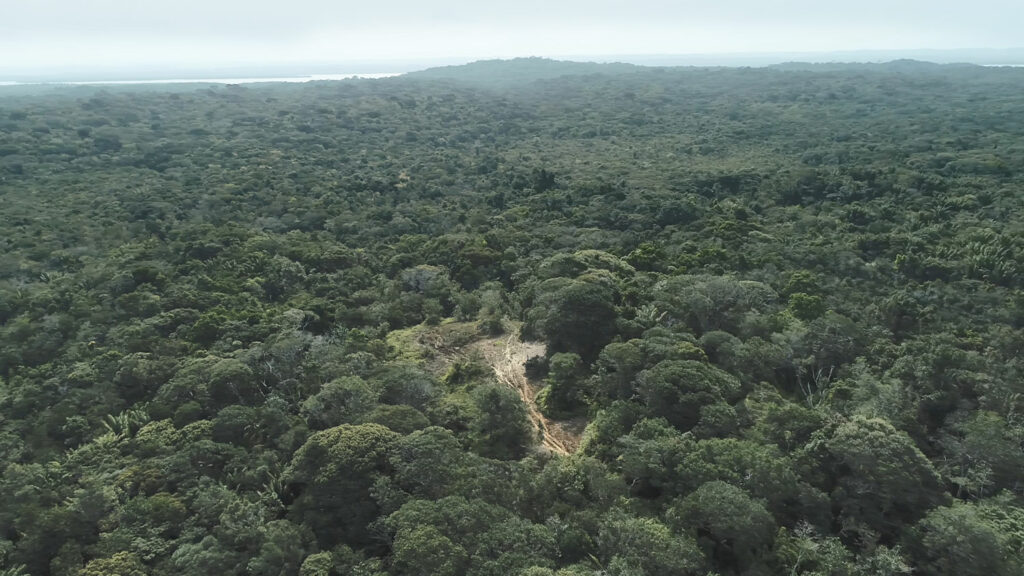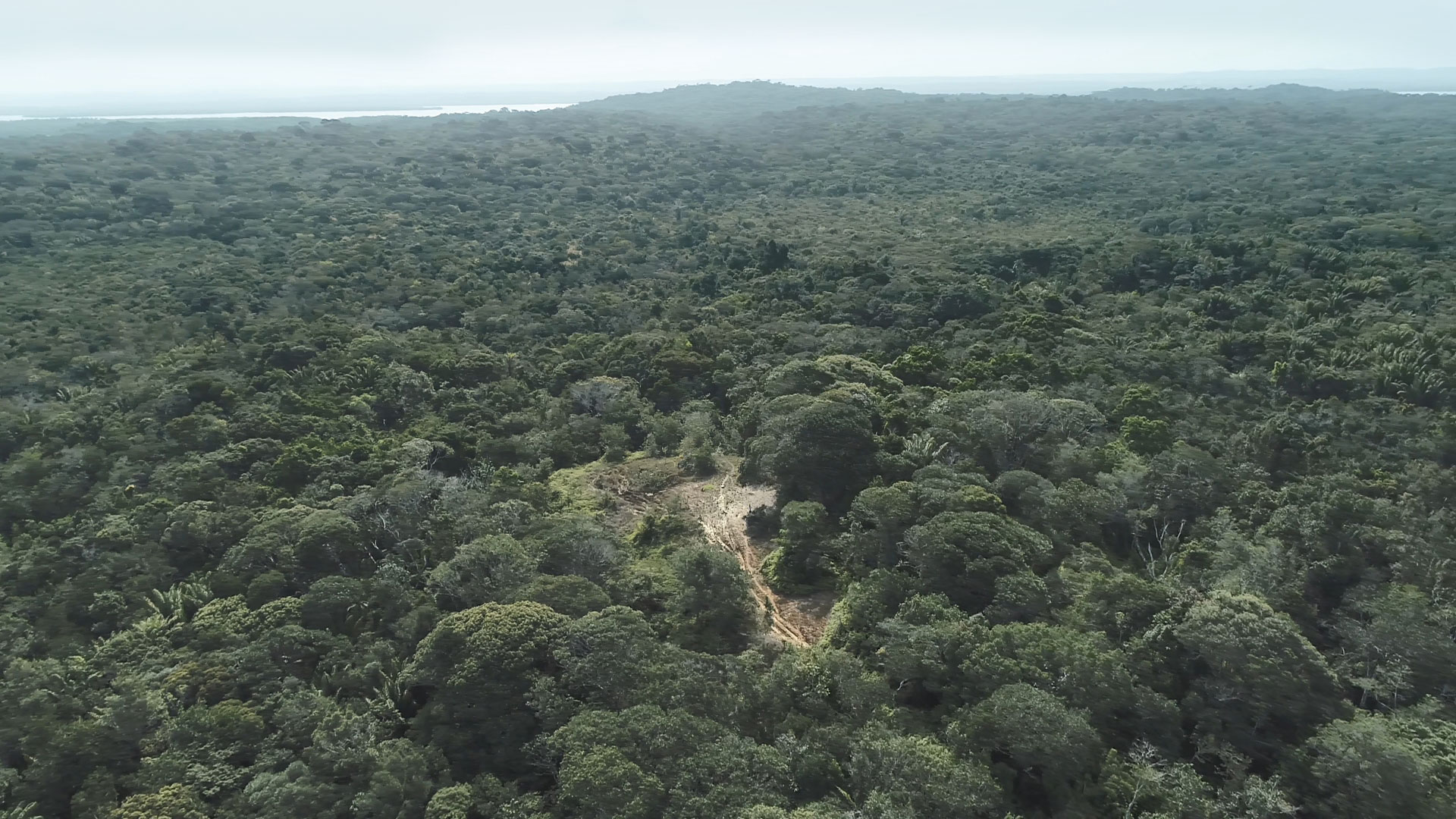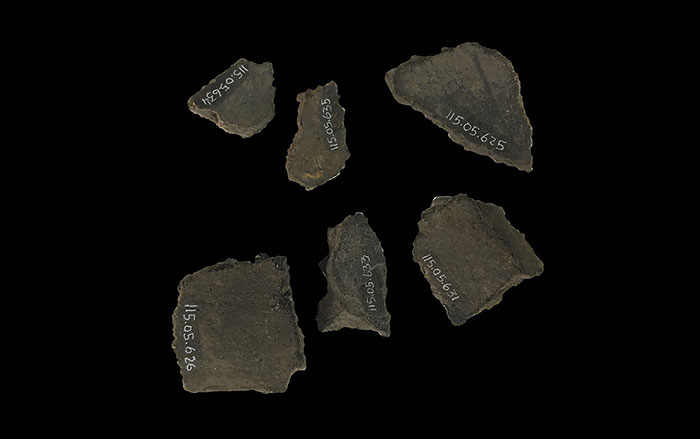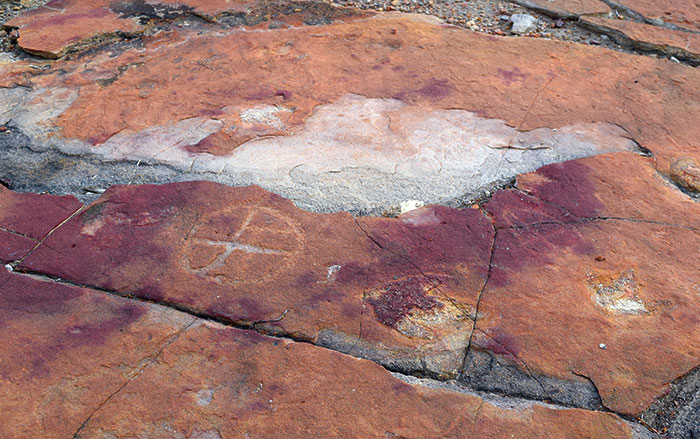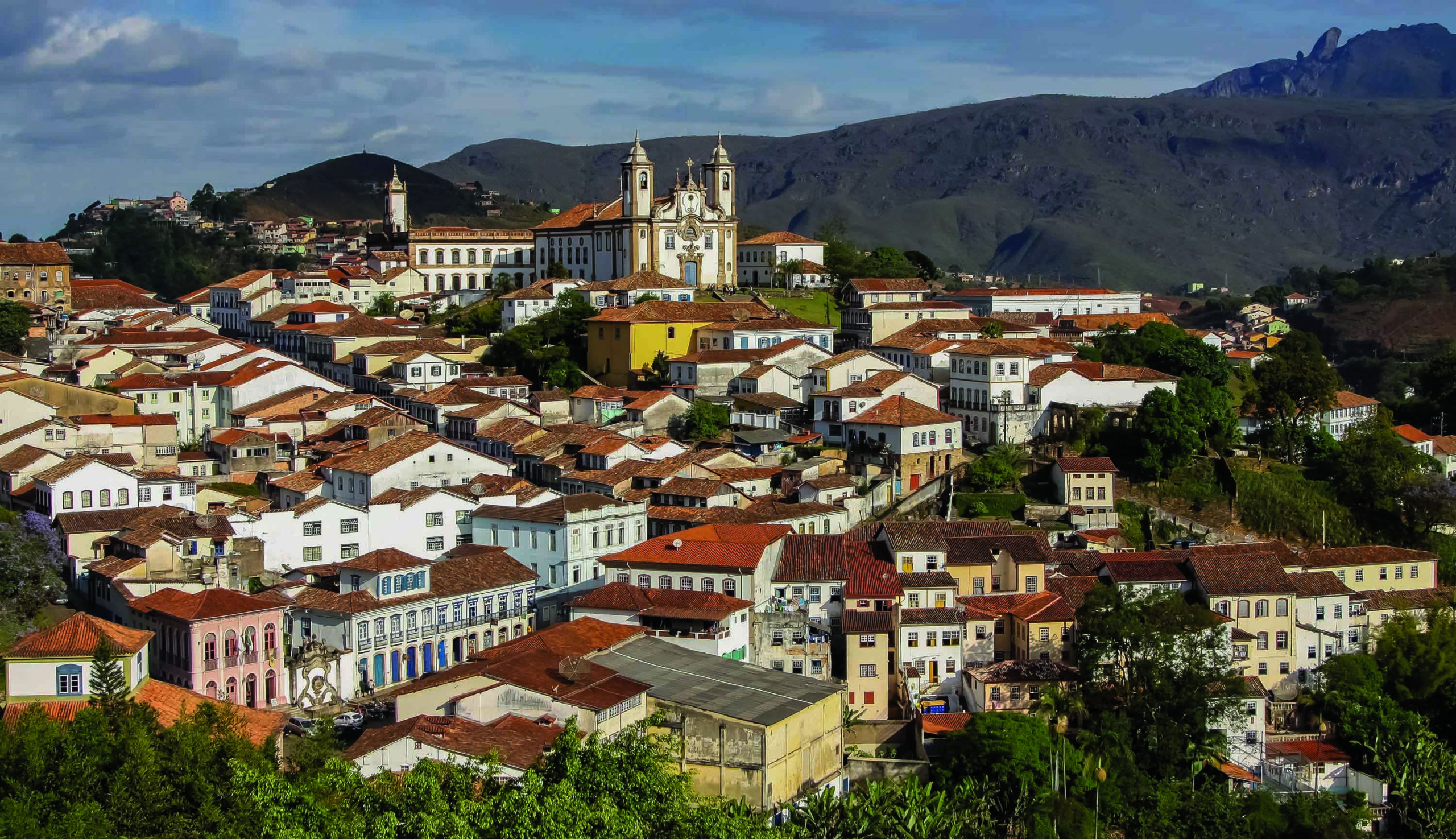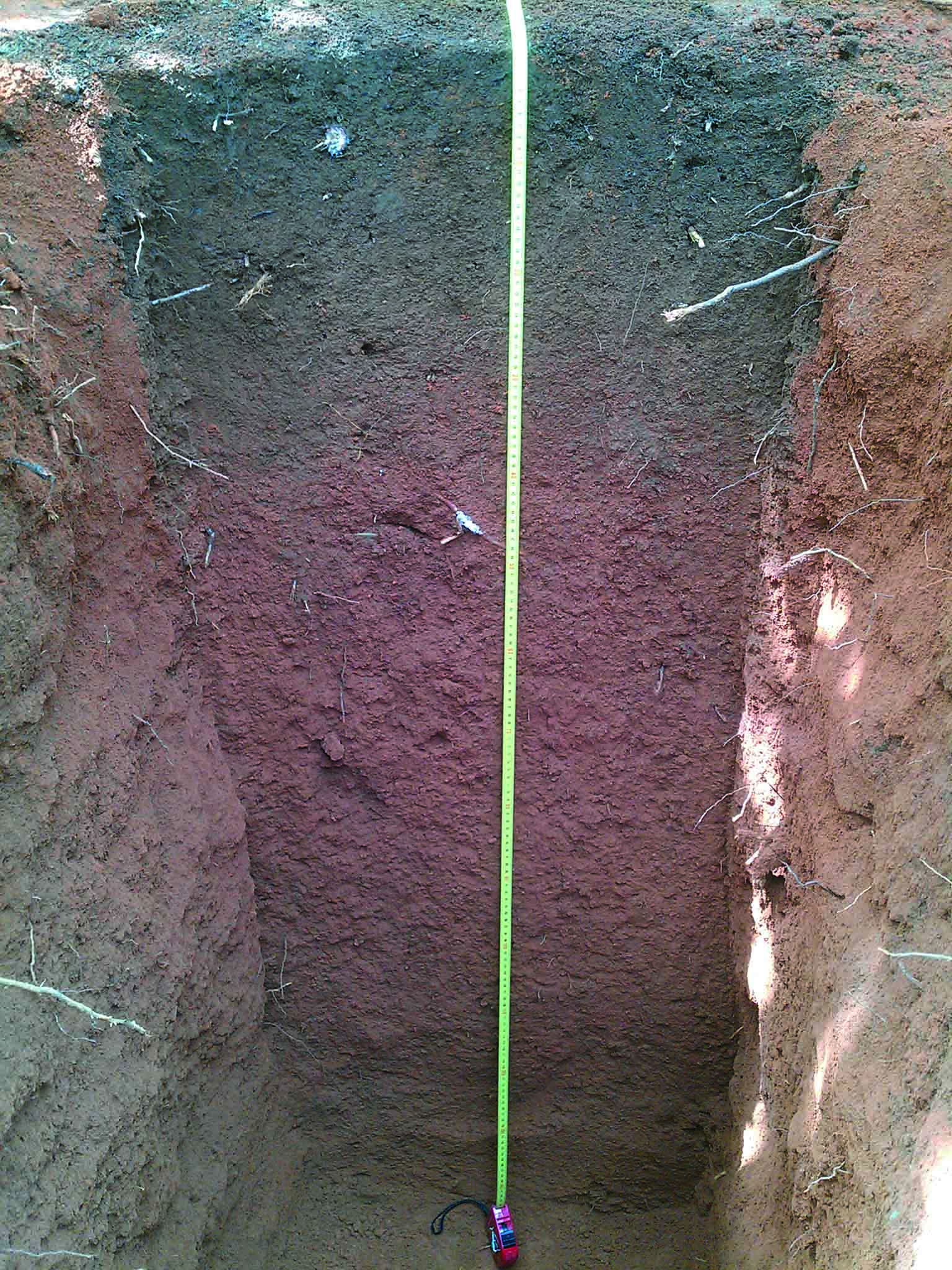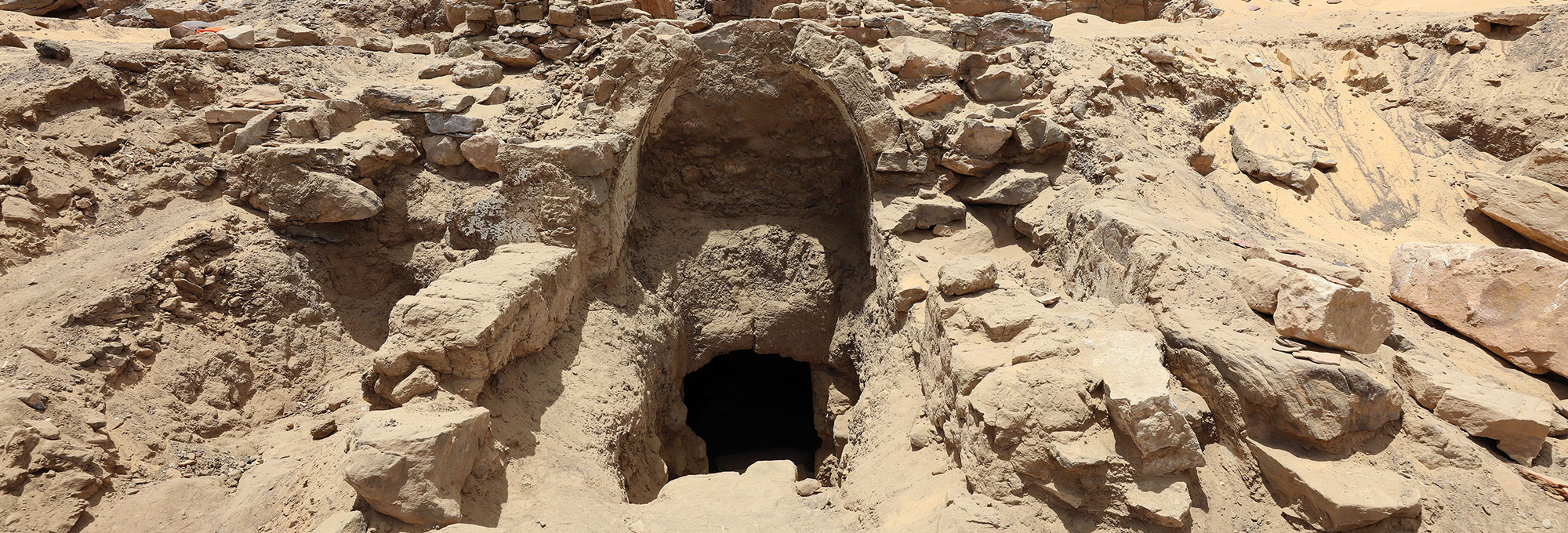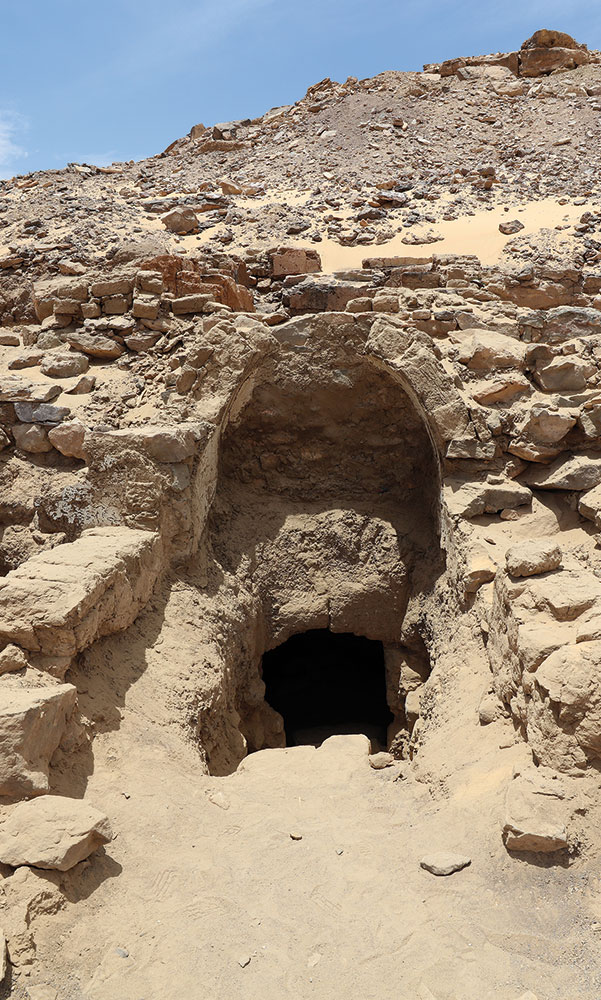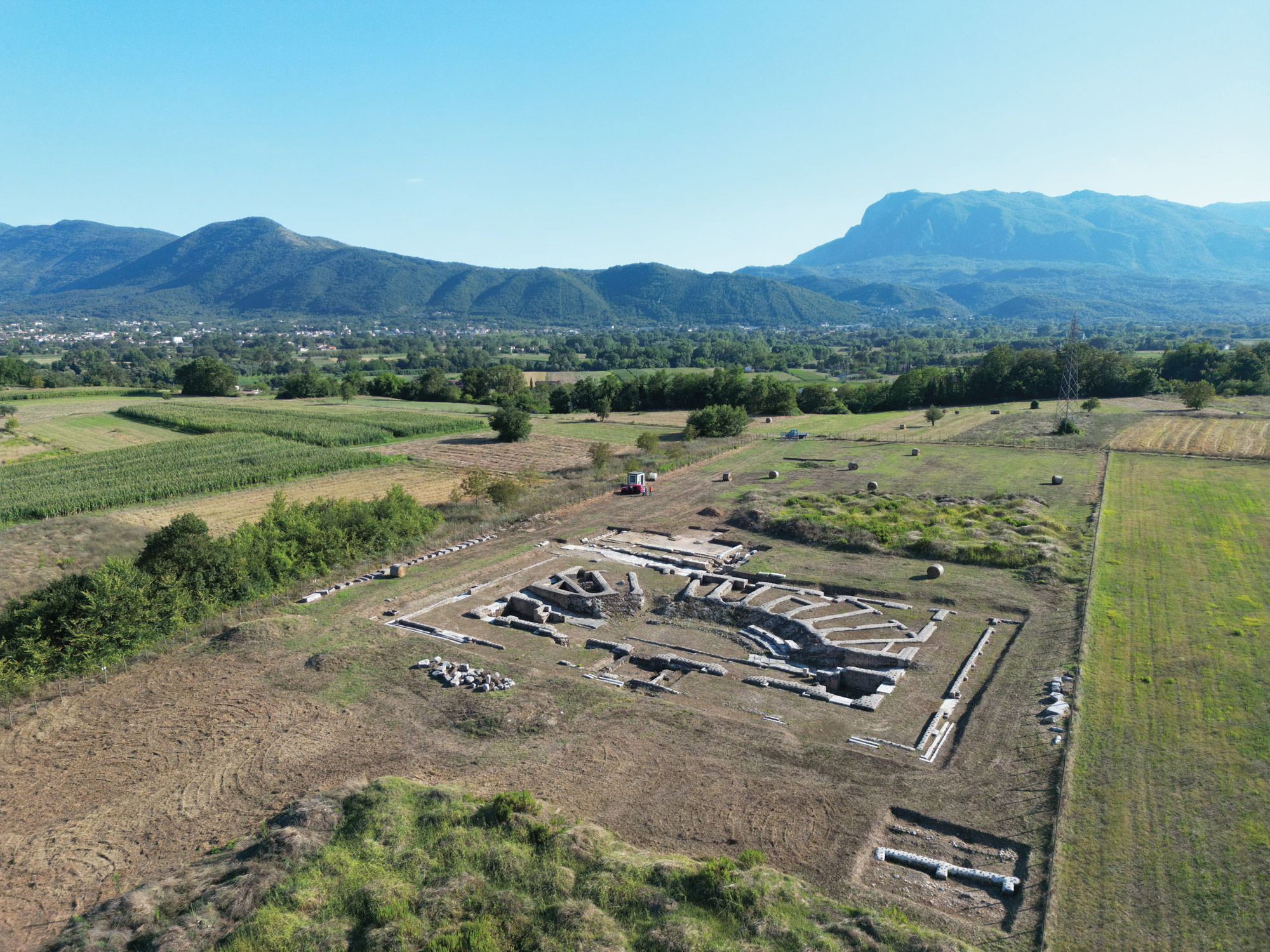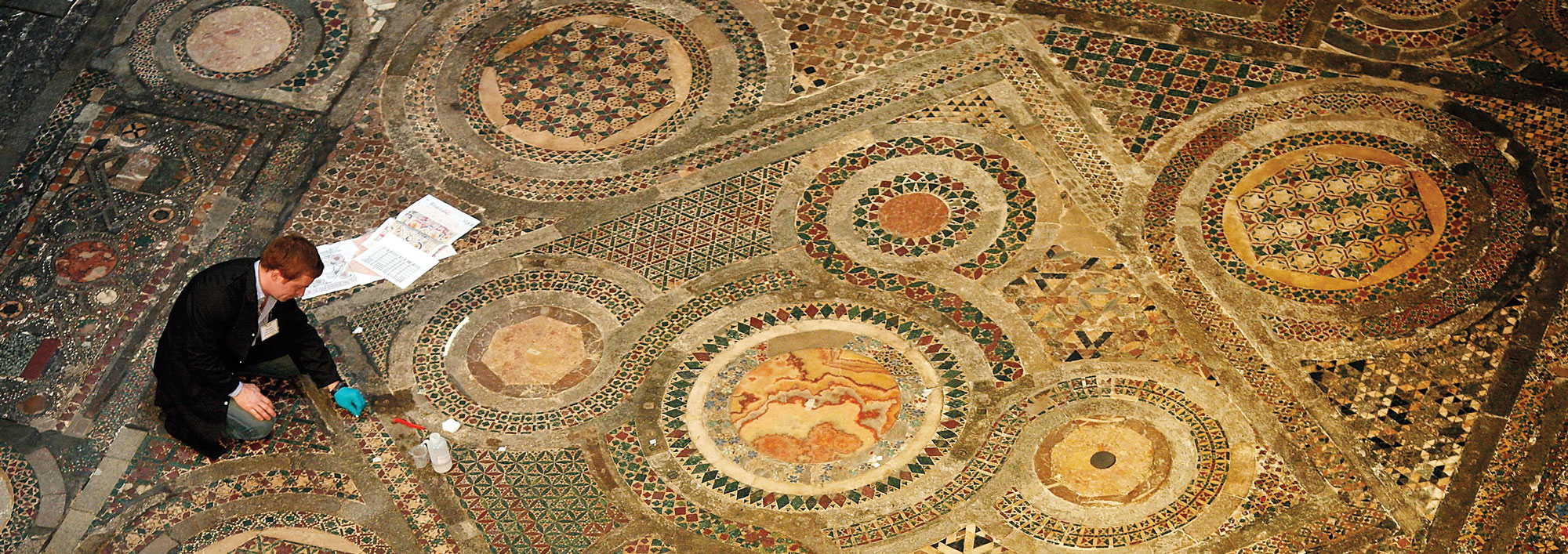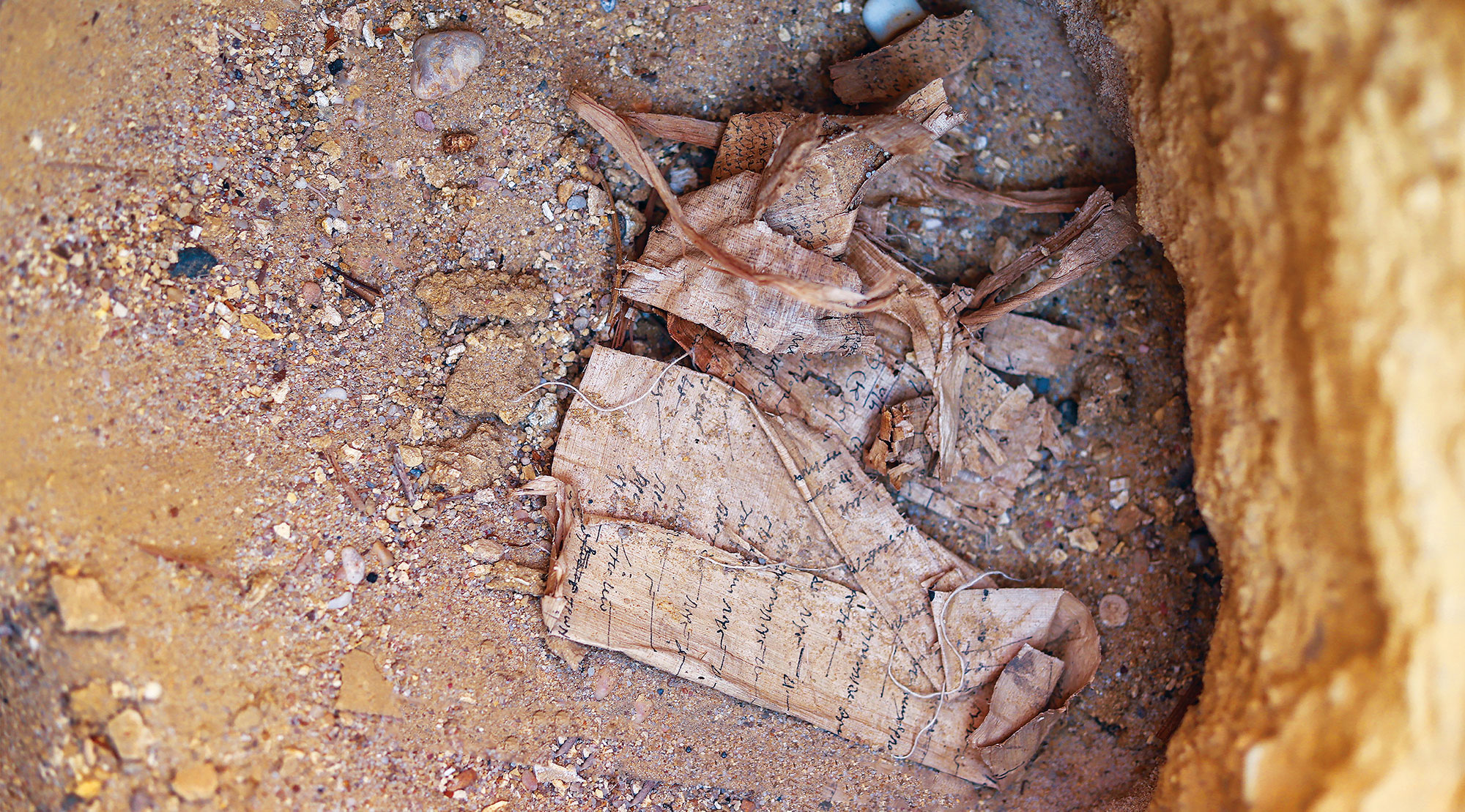
Many of the enslaved Africans sent to Brazil beginning in 1549 were from what is now Angola, where one of the most widely spoken languages was Kimbundu. These people brought with them the Kimbundu word kilombo, or “war camp,” which entered the local Portuguese vernacular as they escaped from enslavement and established fugitive settlements throughout the Brazilian jungle. Those living in these camps became known as quilombola.
Historical records indicate that many such settlements once existed on Tinharé Island in the northeastern state of Bahia, but their exact locations were unknown. Today, many descendants of the Tinharé quilombola live in the island’s small village of Galeão. Together with University of São Paulo archaeologist Fabio Guaraldo Almeida, members of the Galeão community recently sought to locate these camps—a challenge, since they were deliberately placed and built to avoid detection. Using oral history and archaeological survey, the team was able to locate and excavate two of the settlements, where they found nineteenth-century pottery and other evidence of quilombola life. On the project’s last day in 2019, Guaraldo Almeida was ready to stop working after he encountered a large root in his excavation pit. But his Galeão partners urged him to continue. “They were convinced that pit was significant,” says Guaraldo Almeida, “so we kept digging.” He soon unearthed a worn iron spearpoint that closely resembles one depicted on a statue of the seventeenth-century quilombola war chief Zumbi dos Palmares in the city of Salvador. “What that spearpoint symbolized was very meaningful for the people of Galeão,” says Guaraldo Almeidaa, who notes that the villagers hope to use archaeological data to bolster their efforts to have the government recognize quilombola territory on Tinharé Island as their community’s property.
